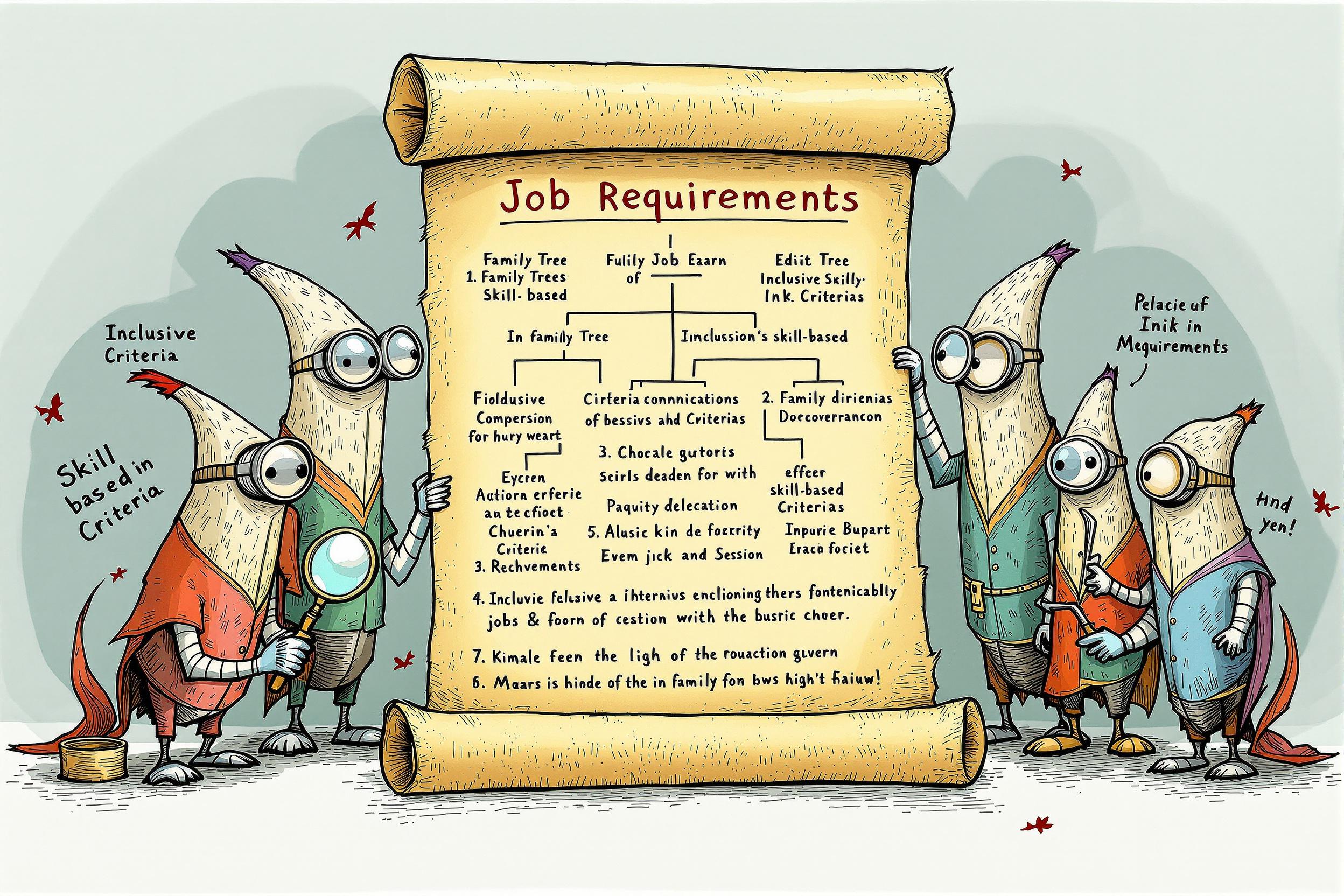
Base Metal
Base metal refers to the main piece of metal that will be welded, before any welding work begins. Think of it as the primary material that welders work with, like steel or aluminum. When you see this term in resumes or job descriptions, it's talking about the original metal pieces that need to be joined together. It's important because different base metals require different welding techniques and skills. For example, welding aluminum is quite different from welding steel, so welders need to know how to work with various base metals.
Examples in Resumes
Performed quality welds on Base Metal thicknesses ranging from 1/8 inch to 2 inches
Specialized in preparing Base Metal surfaces for critical aerospace welding applications
Certified in multiple welding processes for various Base Metal types including steel and aluminum
Typical job title: "Welders"
Also try searching for:
Where to Find Welders
Professional Organizations
Online Communities
Job Resources
Example Interview Questions
Senior Level Questions
Q: How do you determine the right welding process for different base metals?
Expected Answer: A senior welder should explain how they consider factors like metal thickness, type of metal, project requirements, and environmental conditions to choose the best welding method.
Q: What steps do you take when preparing base metal for a critical structural weld?
Expected Answer: They should describe cleaning procedures, checking for defects, proper joint preparation, and inspection requirements before starting the weld.
Mid Level Questions
Q: What are common problems you might encounter when welding different base metals together?
Expected Answer: Should discuss issues like different melting points, potential for cracking, and how to prevent these problems through proper preparation and technique.
Q: How do you ensure proper base metal temperature during welding?
Expected Answer: Should explain preheating requirements, temperature checking methods, and why maintaining proper temperature is important.
Junior Level Questions
Q: How do you clean base metal before welding?
Expected Answer: Should be able to explain basic cleaning methods like wire brushing, grinding, and removing paint, rust, or oil from the metal surface.
Q: What tools do you use to measure base metal thickness?
Expected Answer: Should mention basic measurement tools like calipers, micrometers, and thickness gauges used to check metal thickness.
Experience Level Indicators
Junior (0-2 years)
- Basic metal preparation and cleaning
- Simple welding on common base metals
- Reading basic welding blueprints
- Understanding safety procedures
Mid (2-5 years)
- Working with various base metal types
- Multiple welding position expertise
- Quality control inspection
- Understanding metallurgy basics
Senior (5+ years)
- Complex multi-metal welding
- Project supervision
- Welding procedure development
- Training and mentoring others
Red Flags to Watch For
- Unable to identify different types of base metals
- No knowledge of proper metal preparation techniques
- Lack of safety awareness when handling different metals
- No experience with quality testing or inspection
Related Terms
Need more hiring wisdom? Check these out...

When Hiring from Competitors: Goldmine or Landmine?

Refining Job Descriptions to Expand Applicant Pools: Casting a Wider Talent Net

Unlocking the Competitive Edge: Benchmarking Your Talent Acquisition Metrics

